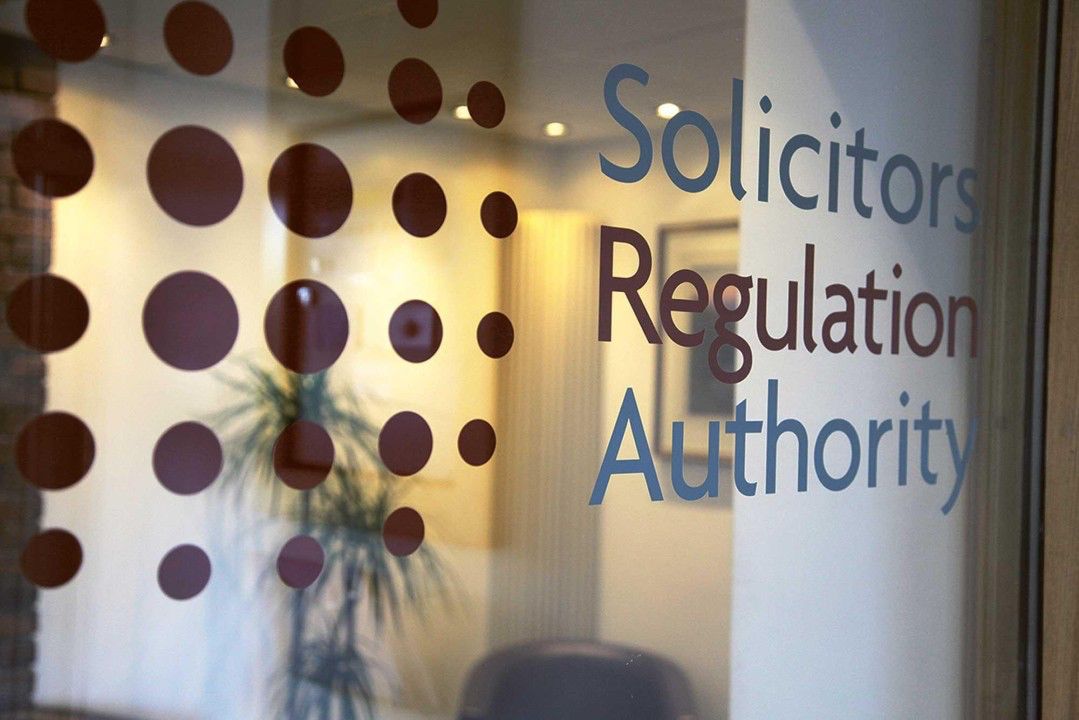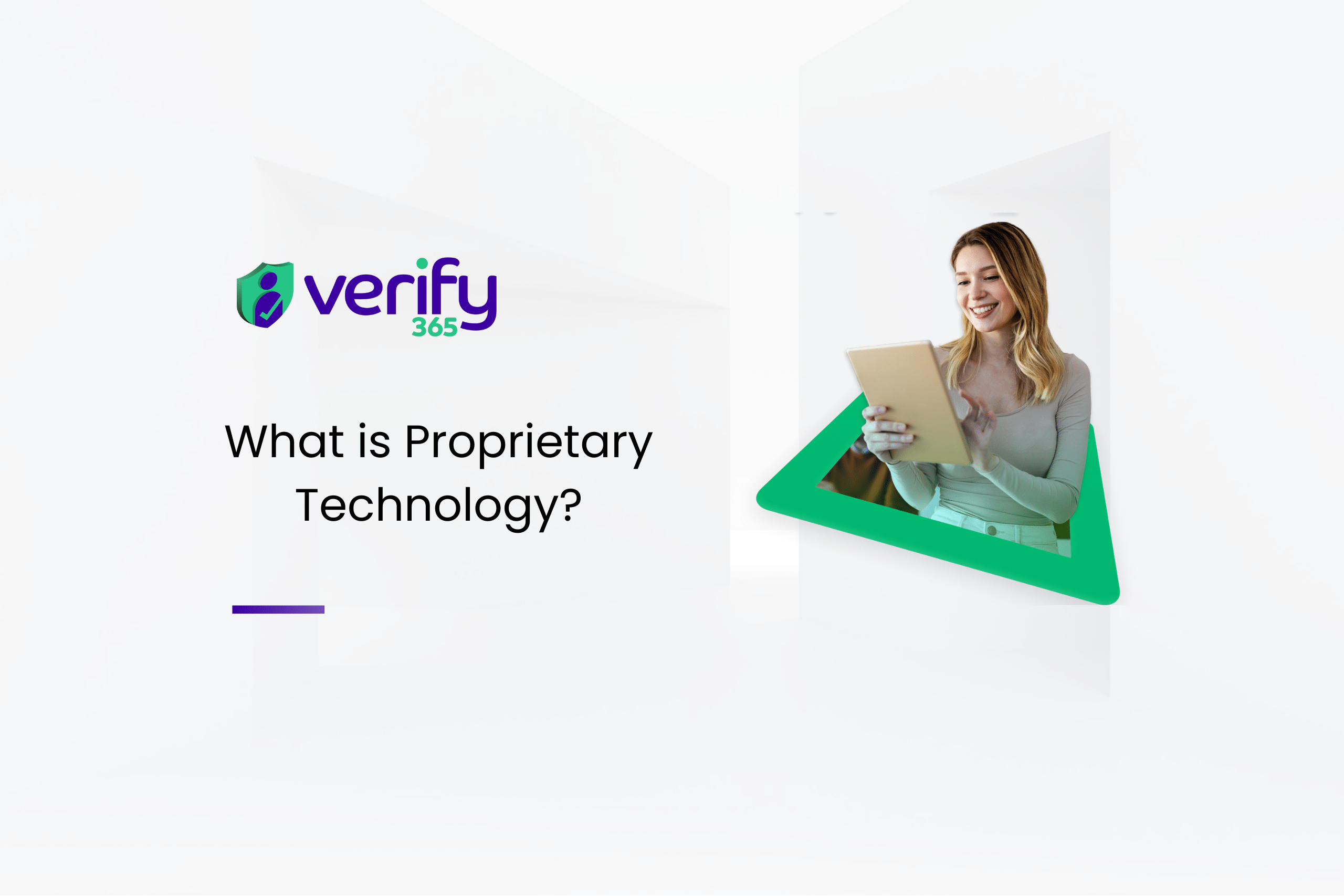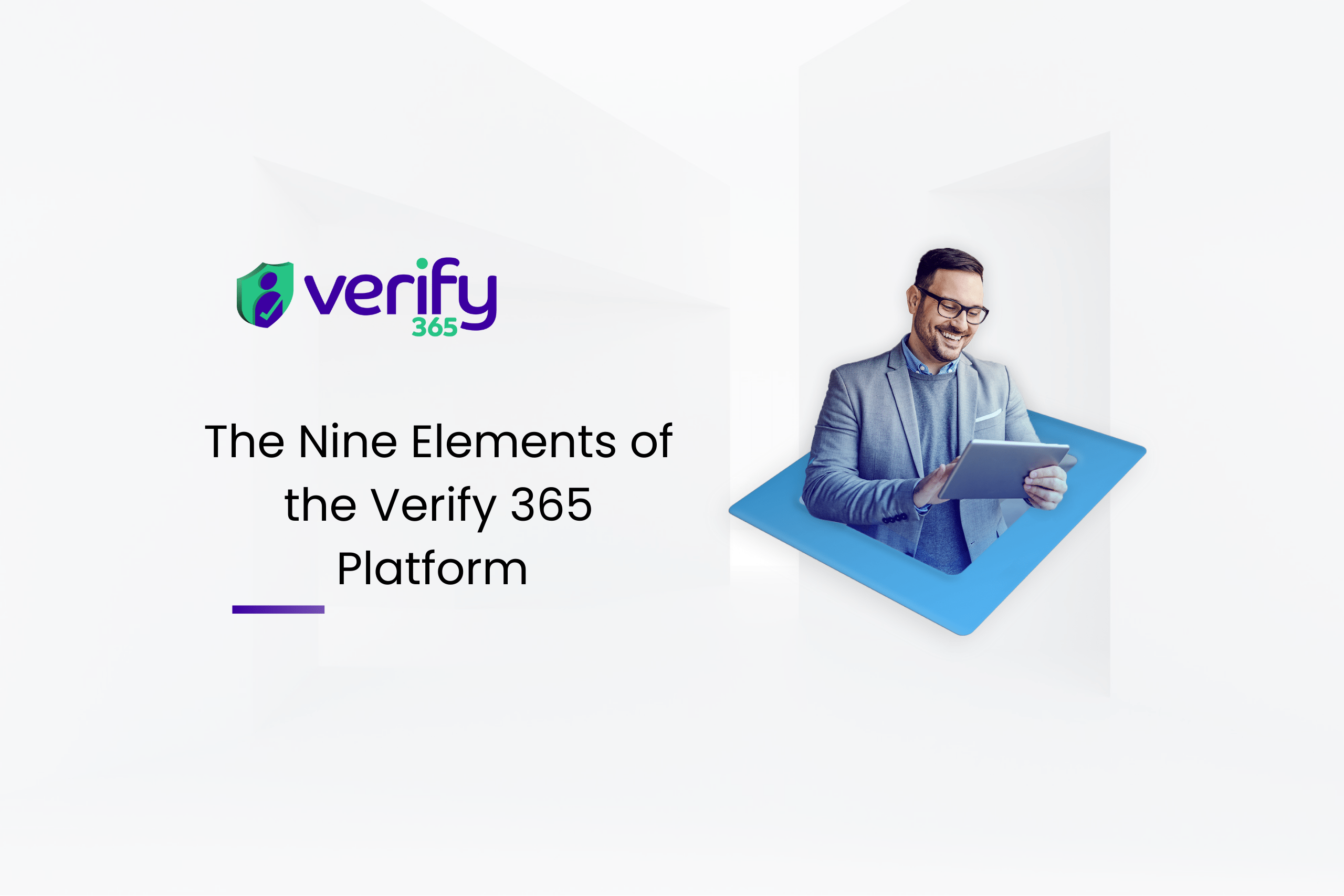Have you heard about adverse media checks? Do you know what they are and why they are so important? Well, imagine this. Your reception phone rings, and it is a potential client, they explain they want to buy a property so they can use it as an office, and they would like to instruct you. You accept, provide them a quote and you’re instructed. You go through the process of exchanging contracts with the current building owner and legally making your client the new owner.
A few months later your client sells the building and goes completely quiet. You then find yourself being audited and investigated because the client you were working with is sanctioned. You exclaim that you weren’t aware, but a quick Google search would have confirmed that they were indeed sanctioned. It would have been easily found out had you run an adverse media” check on the client as part of your AML compliance and AML checks.
This in a nutshell is why adverse media is important. But let’s break it down a little further.
Defining Adverse Media Checks
When it comes to adverse media, there is a broad range of definitions, but, in simple terms, adverse media can be defined as any type of negative publicity about your potential client, from a variety of sources. Collecting data from these sources can come from news websites, regulatory documents, social media posts, blog articles and so on. Essentially it is you checking multiple different source which might refer to your client in such a way where you might be wary of working with them. All key words that stem from an adverse media search can be useful to flag areas of risk and the need for further AML checks.
Carrying out an adverse media screening is an important part of your AML checks, especially as part of your wider AML compliance, as it reduces the risk of going into business with a company or individual with a history of money laundering, fraud and other financial crimes.
The importance of adverse media checks in KYC, AML and CDD.
There is a growing need for enhanced due diligence on customers and counterparties within highly regulated industries, such as the legal industry. Adverse media screening can bring together diversified regulatory checks and helps companies to stay in line with increasingly stringent anti-money laundering checks for solicitors.
Without a doubt, adverse media checks are a critical stage of AML compliance. It allows companies in highly regulated industries to investigate potential clients, both individually and corporate, against online articles, legal prosecution or content which may affect the customer’s final risk by revealing their involvement in fraud, money laundering, tax evasion terrorism or other types of crime. Therefore, the main reason adverse media checks are carried out is to provide clarification as to whether an individual or corporate entity is a liability and whether they are a risk to the security of the business. This is vital because onboarding a client with a bad reputation and risky background could put your business at risk of helping fraudsters with money laundering and fraudulent activities, which no business wants.
In the past, many businesses would carry out manual adverse media checks, simply by doing a google search and seeing if there are any negative related articles. In the case where anything was found, the results would need to be analysed and cross checked with the client’s personal or company data in order to determine whether the article is a true hit with potential impact or a false positive.
One of the disadvantages of adverse media checks is problems surrounding the validity of the data due to the sheer volume of data and fake news which the public is subject to and the fact that questionable news sources are combined within all results from a Google search, AML checks staff are subjected to an incredibly time-intensive and arduous task of sifting through the ‘noise’, which increases the potential for high-risk entities falling through the cracks due to the large influx of false positives.
For an adverse media check to be effective, the internal processes and solutions need to accommodate these changes and consider unstructured but credible data found across many different online sources (blogs, social media, online forums, public databases).
Machine Learning Solutions for AML compliance
Many countries are looking to adopt adverse media checks to combat any inadequate anti-money checks for solicitors through the moves of their respective regulators. Taking Europe as an example, the so-called Sixth Anti-Money Laundering Directive (6AMLD) requires the screening of high-risk flags in cross-jurisdictional financial crime activity. Despite the lack of certain standards on how these checks should be conducted, there is one thing that certainly stands out which is that it is near impossible to carry out an effective adverse media check manually.
Machine learning looks to automatically flag up false positives which can be assigned to skilled teams for further AML checks and investigation. Machine learning models can merge both structured and unstructured data sets to create a more consolidated view of an entity. Transaction histories and personal background information (as flagged by relevant adverse media searches) become building blocks towards a holistic picture of an individual or organisation. Indeed, their relationships with other third parties can also be mapped through analysis of strange behavioural patterns identified by machine learning techniques.
There are many incredibly sophisticated solutions out in the market which can perform these checks in real-time using powerful AI and machine learning algorithms. Using the machine’s intelligence, the solution can sift out the false positives and fake news and present the relevant results which provide value to the business thus painting a holistic picture of an individual or organisation for the business.
Businesses need to make certain that the customers records are constantly updated based on their activity and this is where an integration with an ongoing transaction monitoring solution adds value, the solutions essentially ‘feed’ off one another to help financial institutions and other regulated businesses build a behaviour profile of that client over time.
Therefore, in addition to expanding their perspective on an emerging story, businesses will be able to identify patterns of behaviour through behavioural analytics and react quickly to changes, and ultimately, better fulfil their compliance obligations over the long term.
Conclusion
So, to conclude. Adverse media checks should be a staple for any AML checks carried out by a law firm. Anti-money laundering checks for solicitors are becoming increasingly complex because of the nature of the problem. I.E fraudster’s methods become more complex. However through a robust AML framework, law firms can ensure they AML compliance is still in line with regulator guideline.






